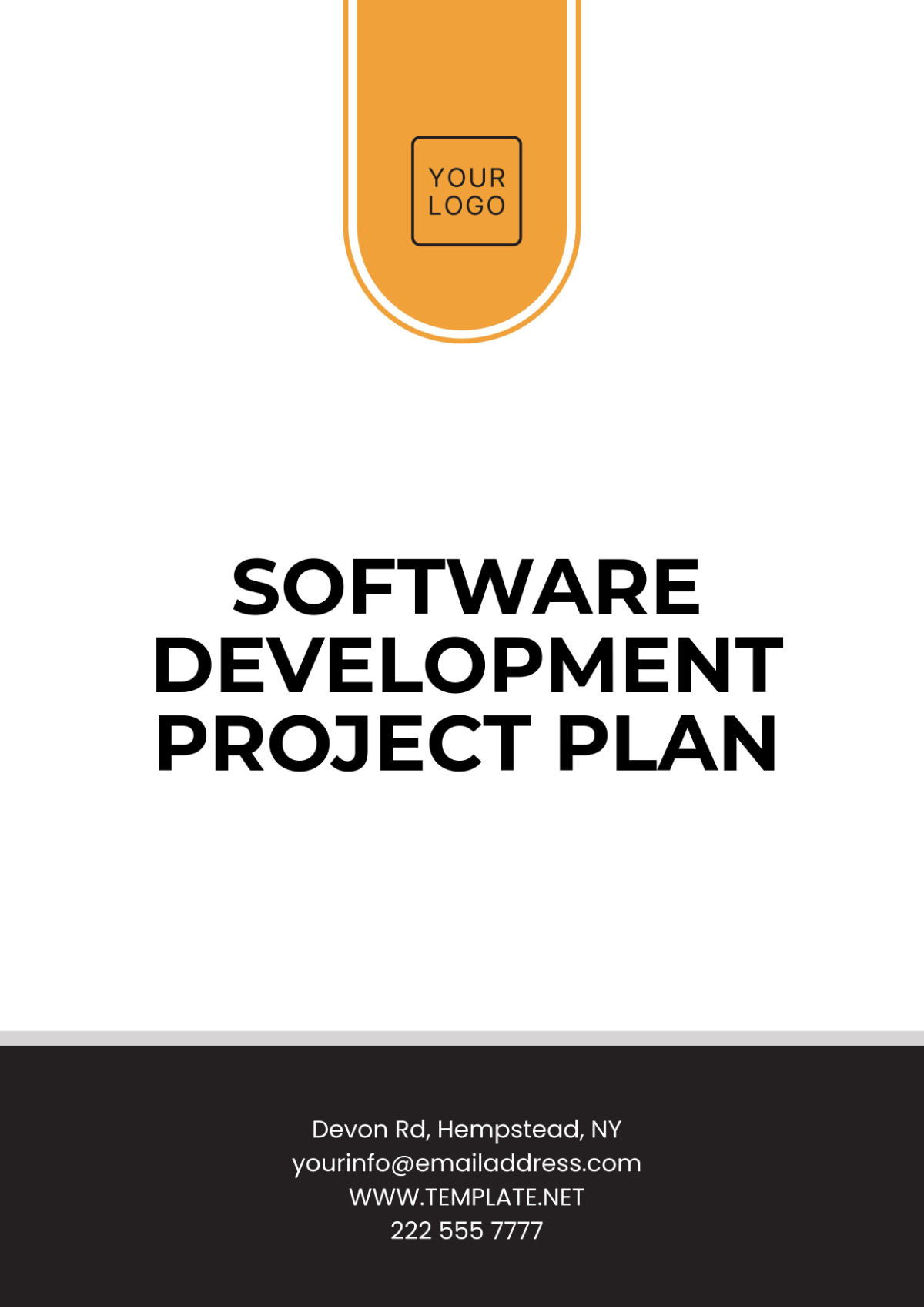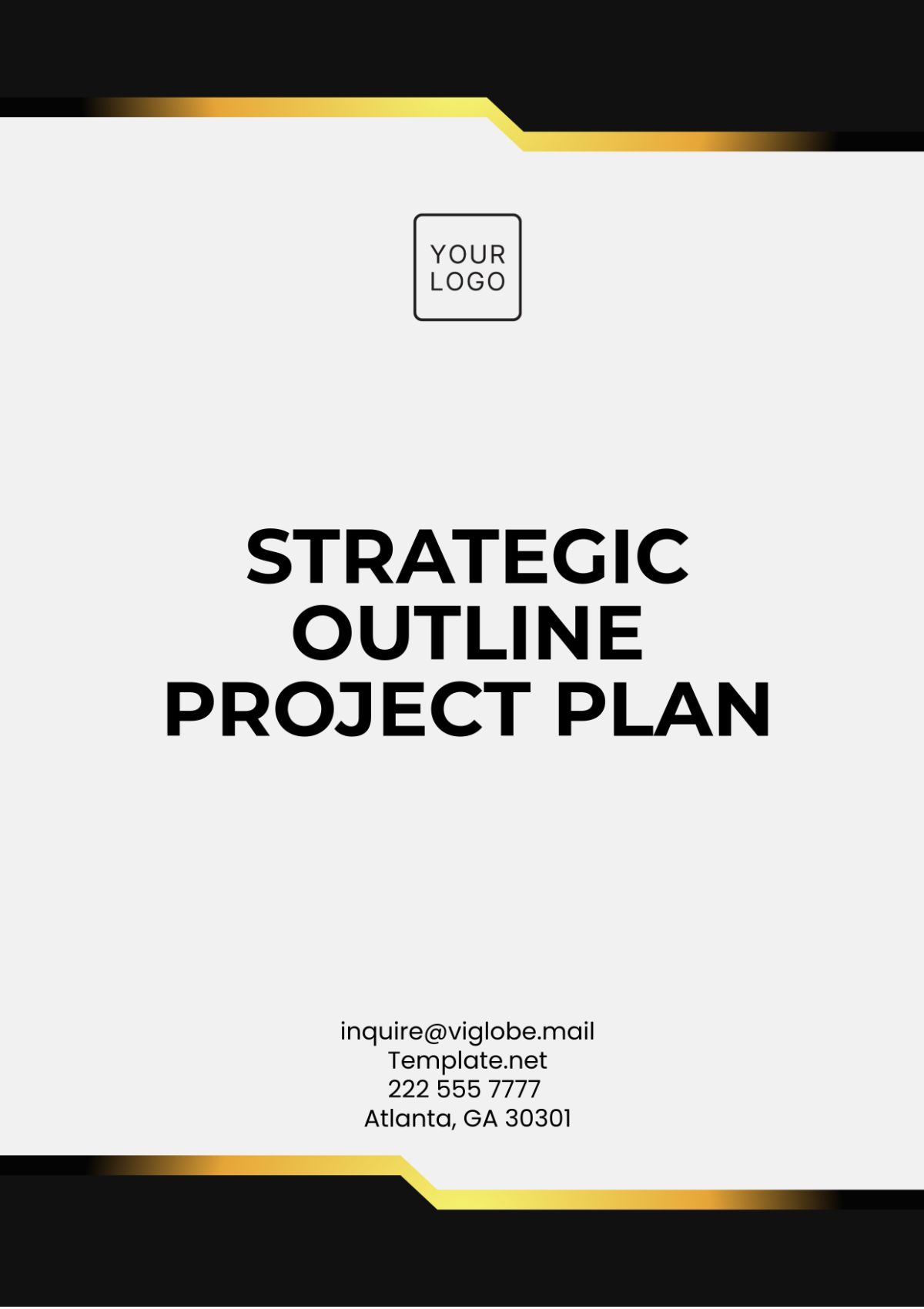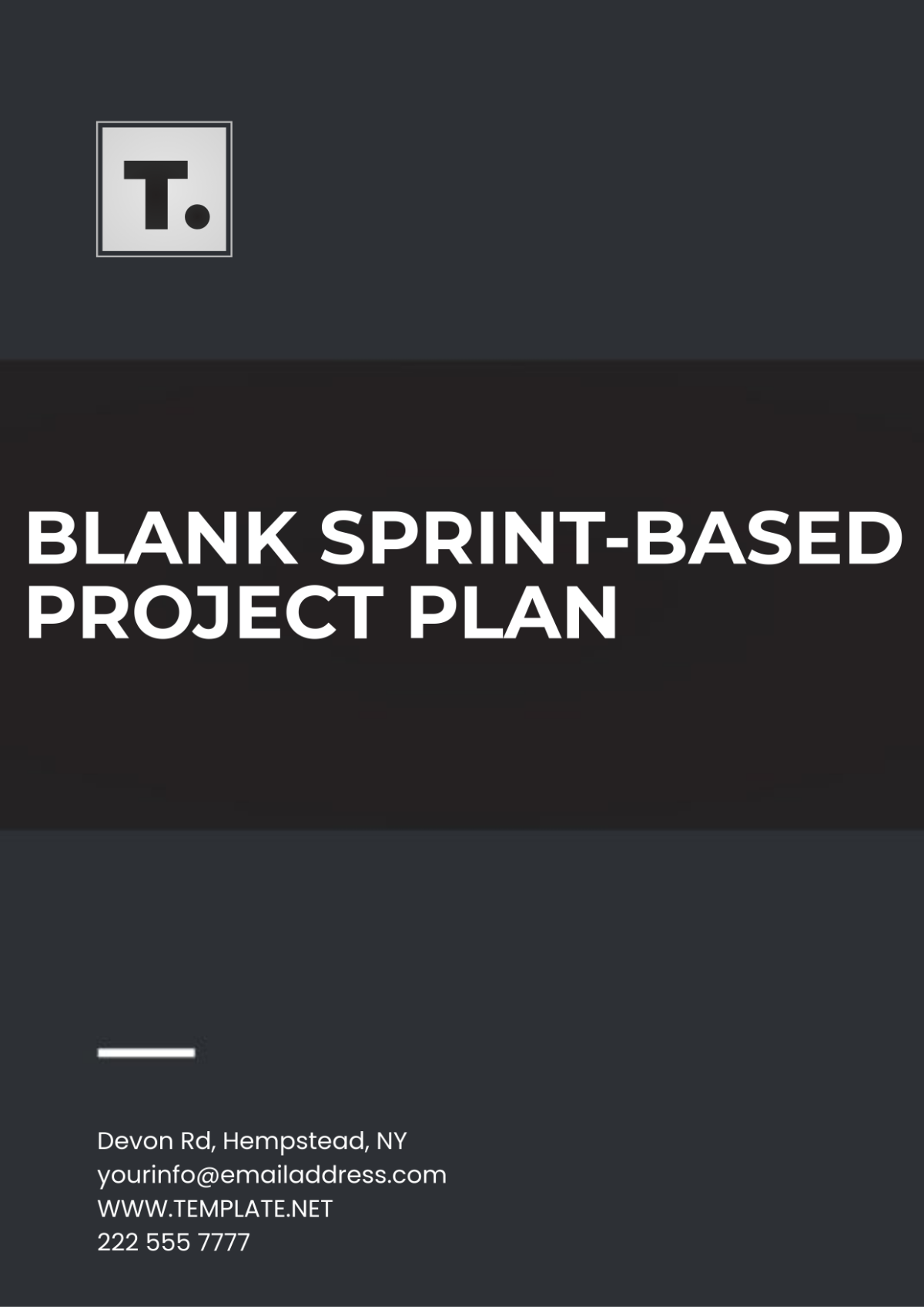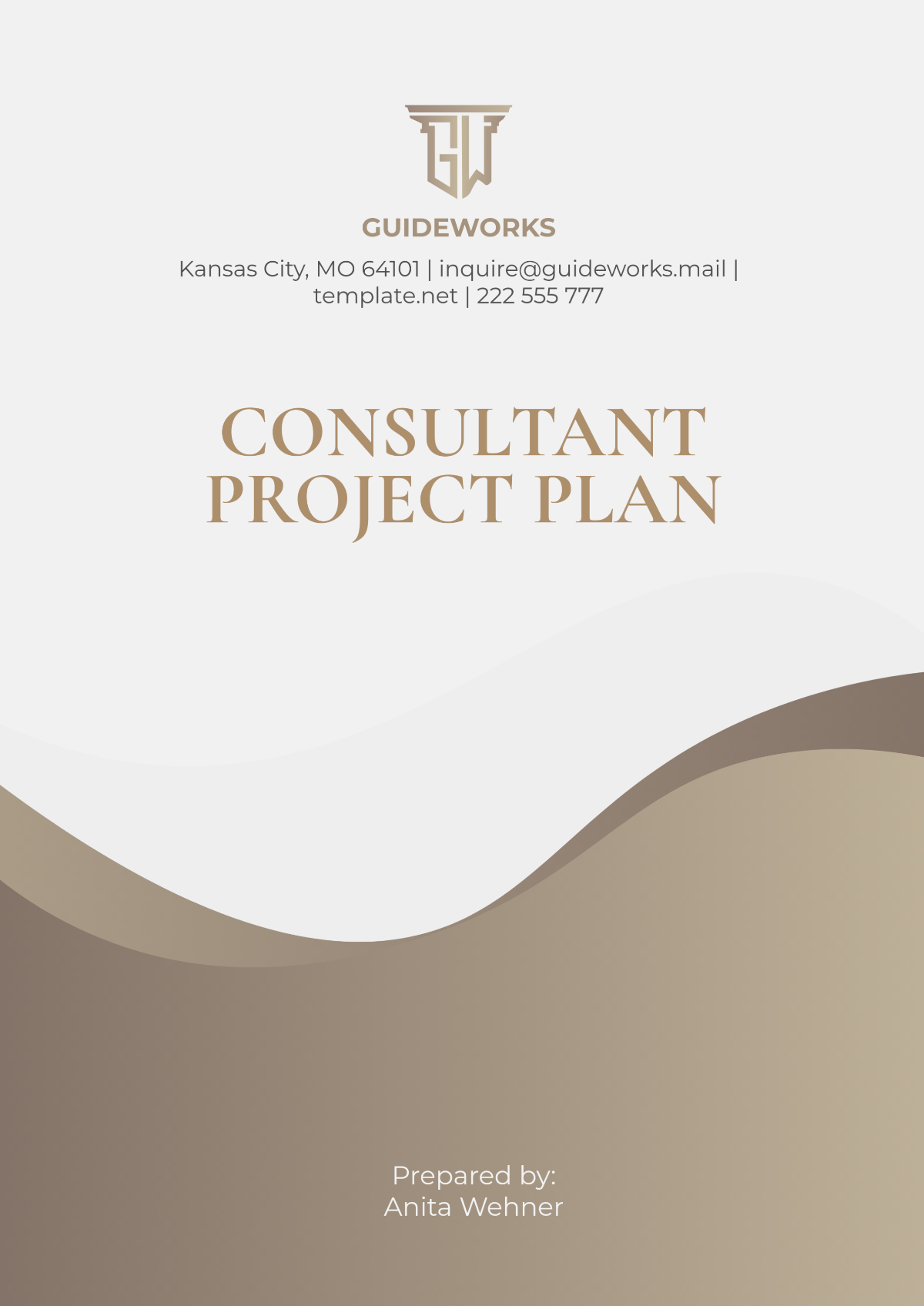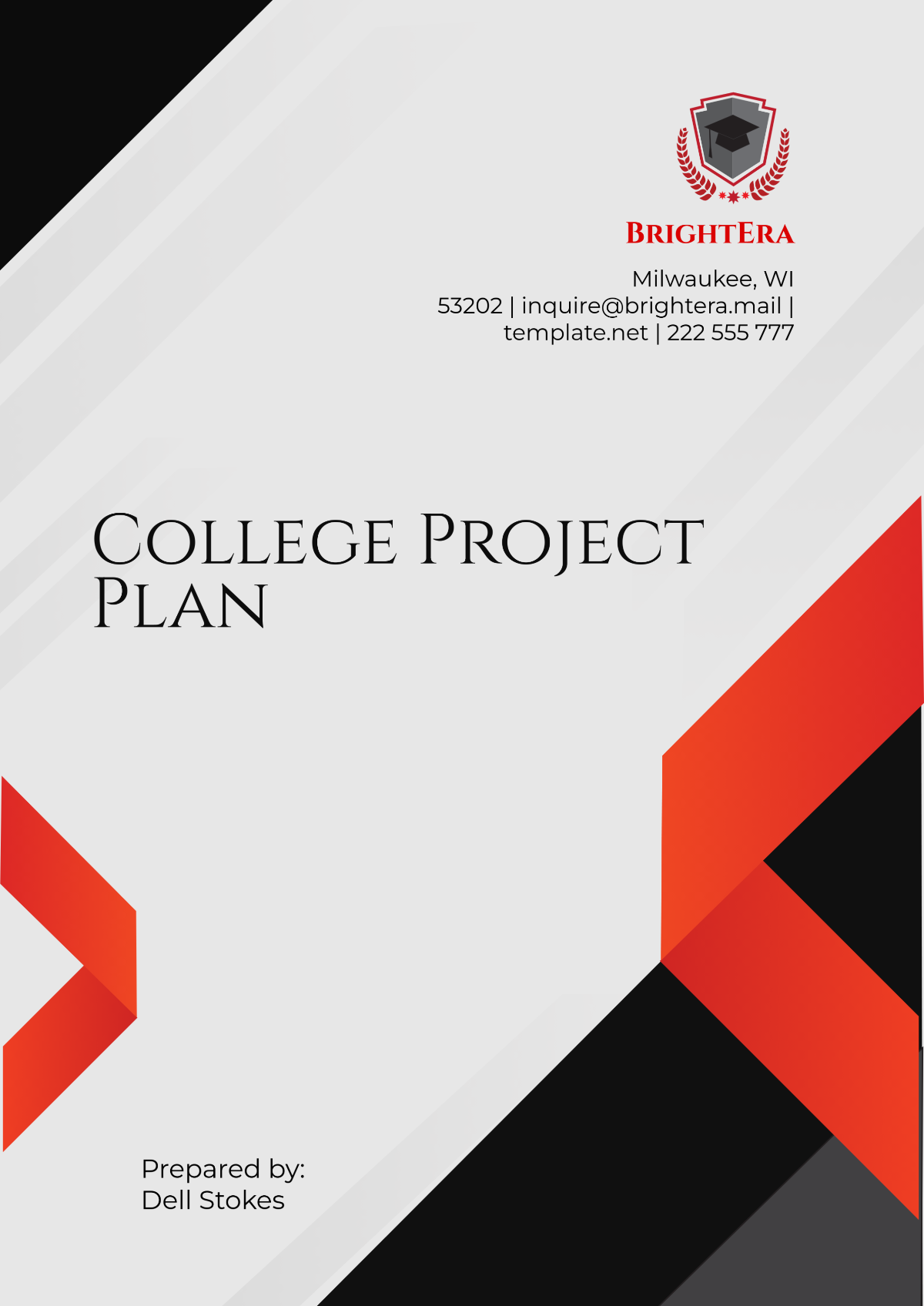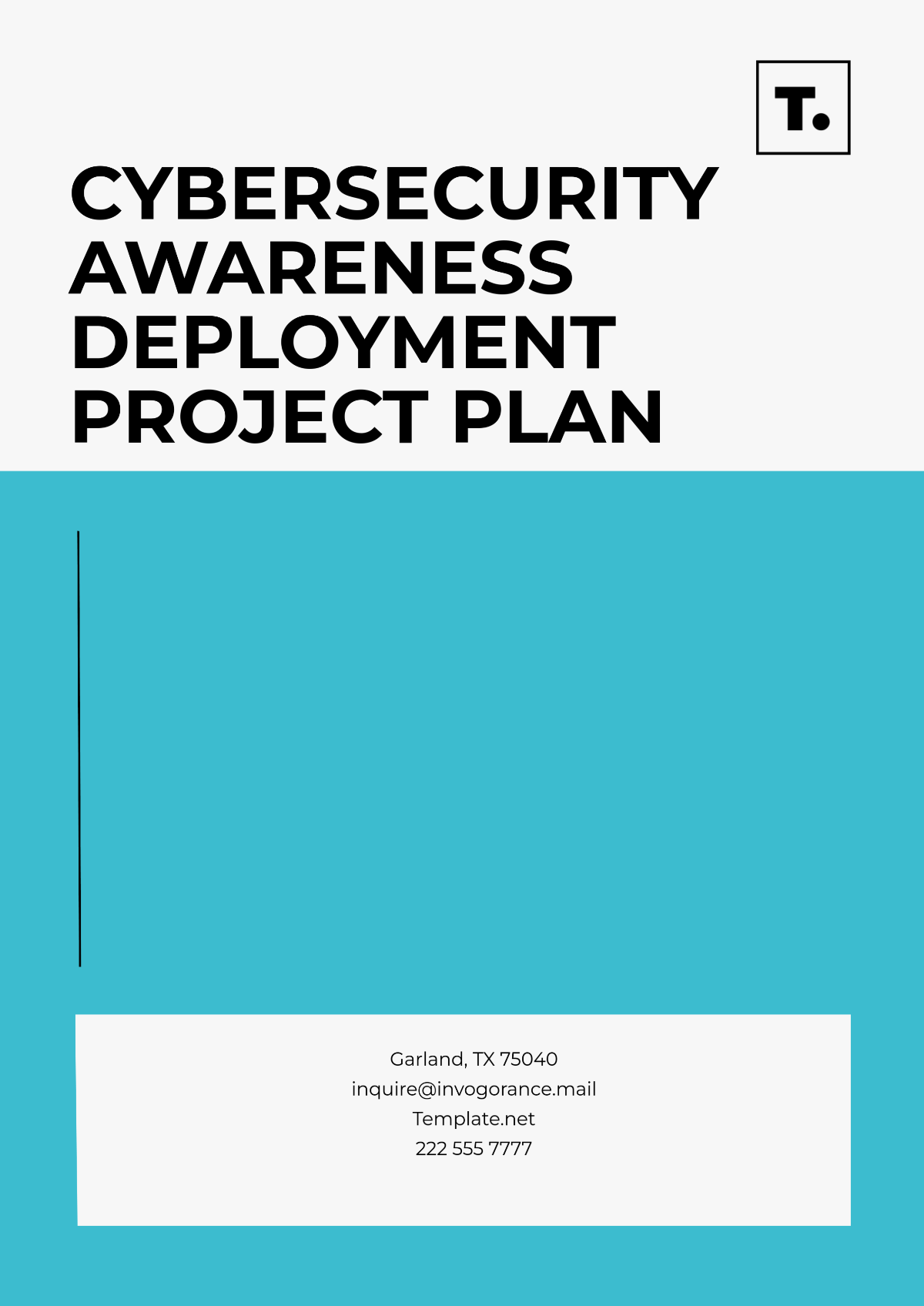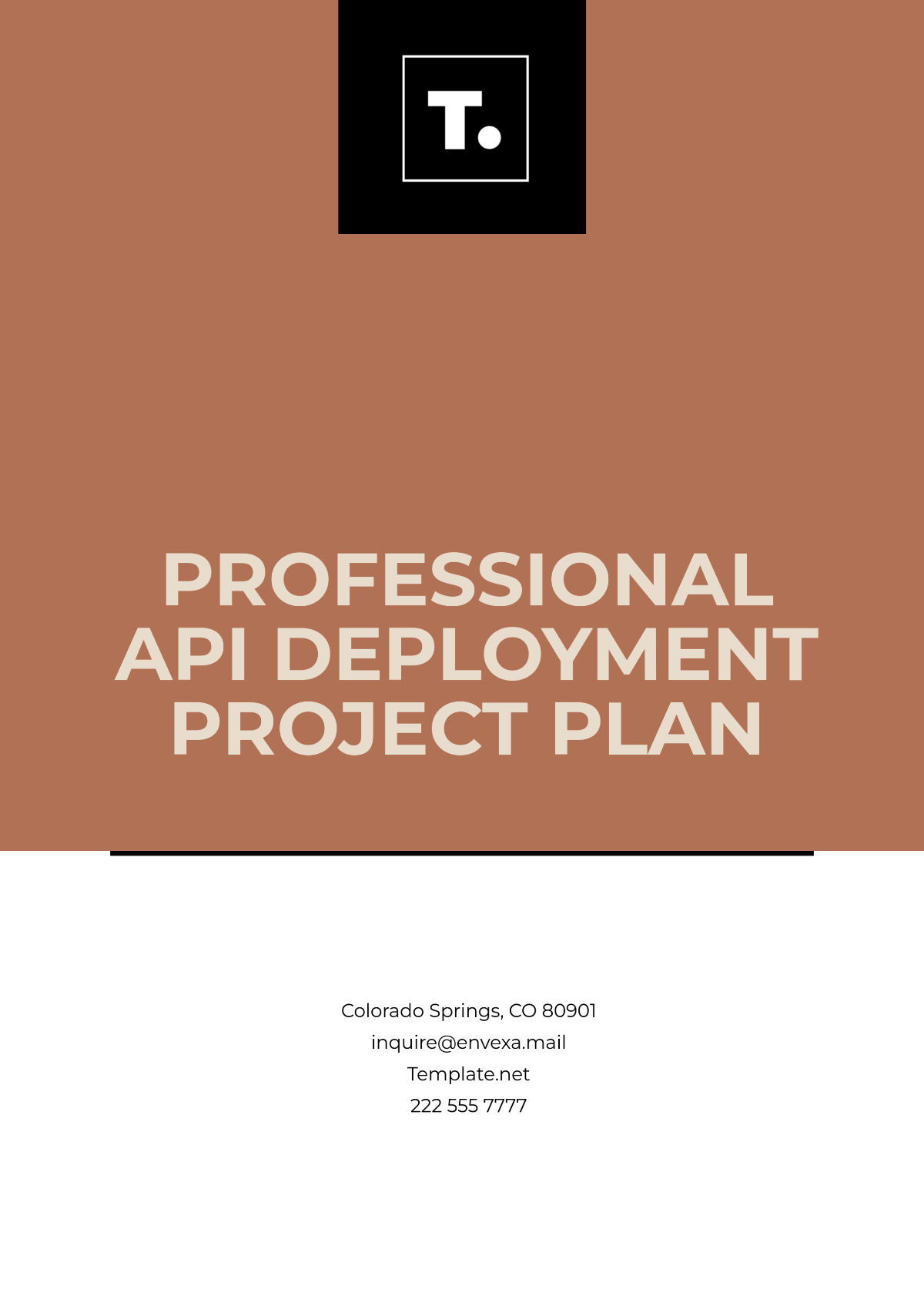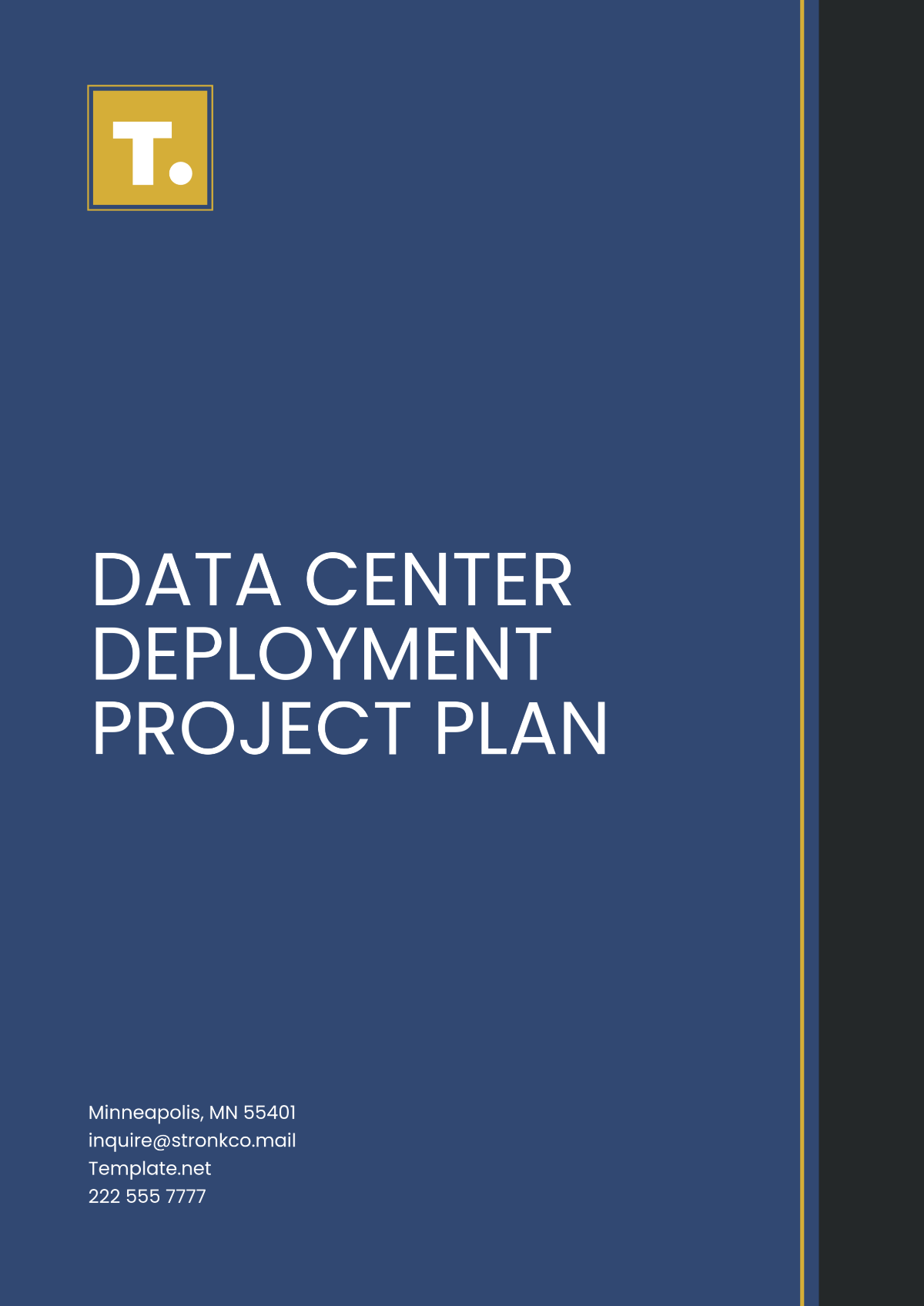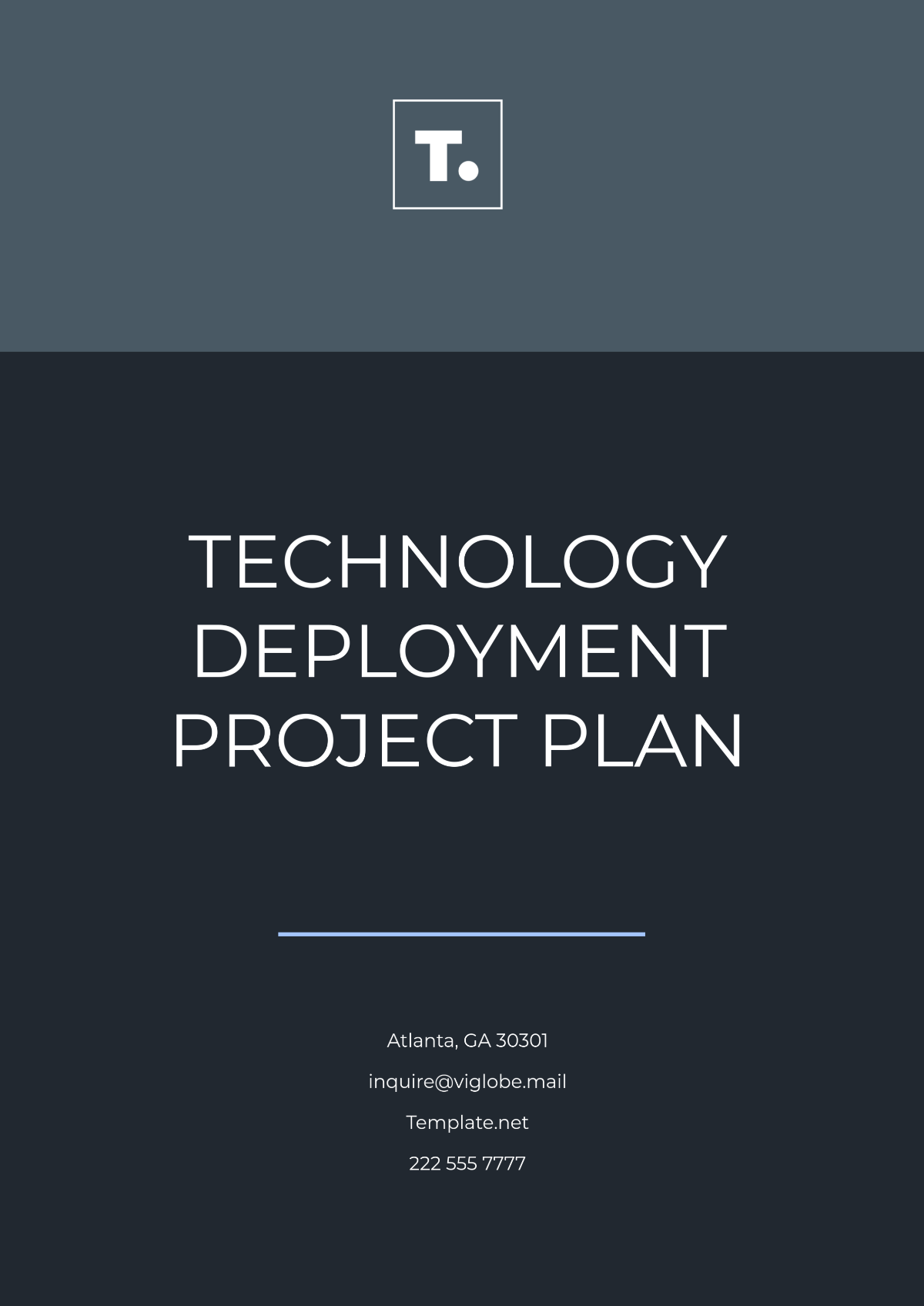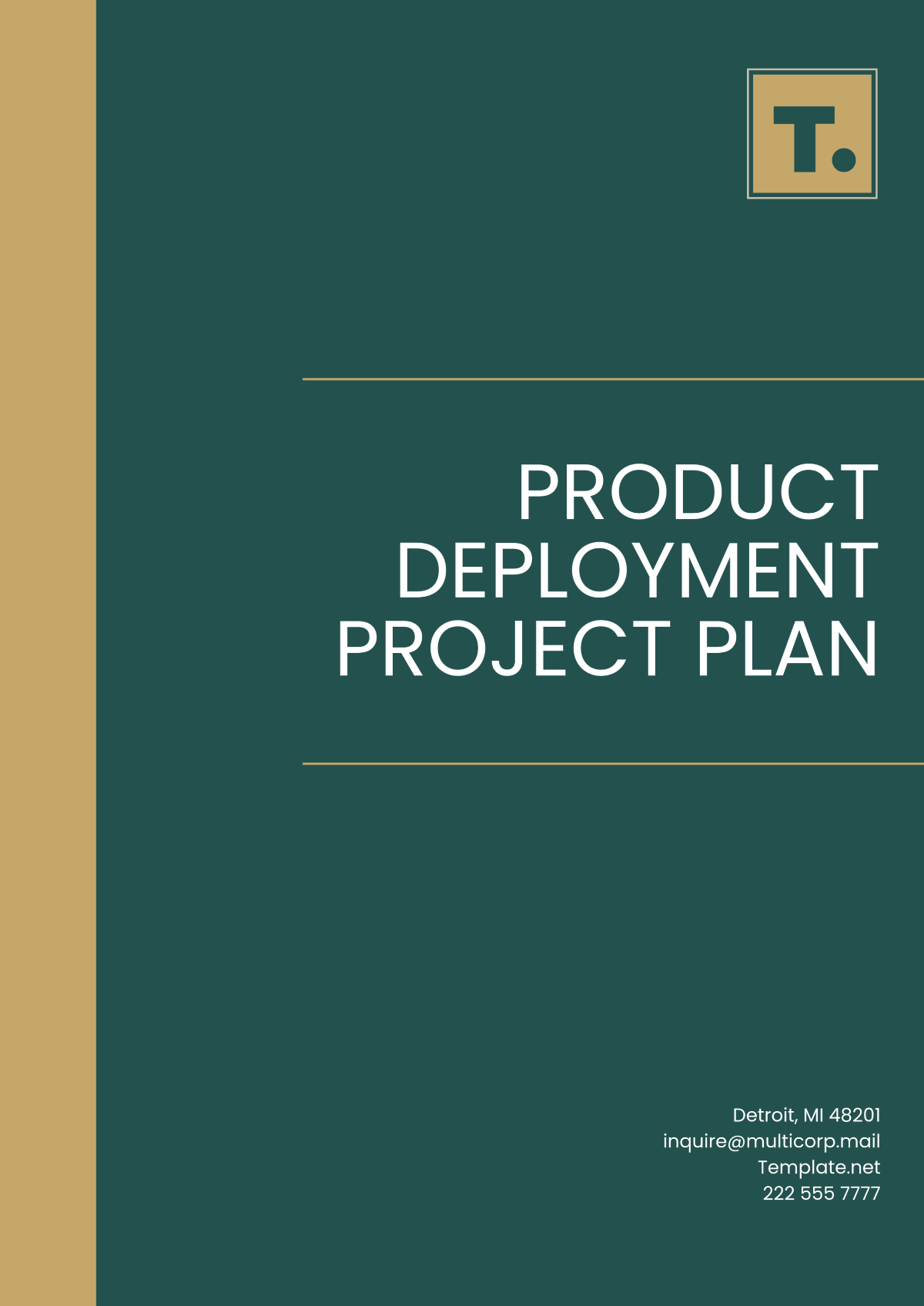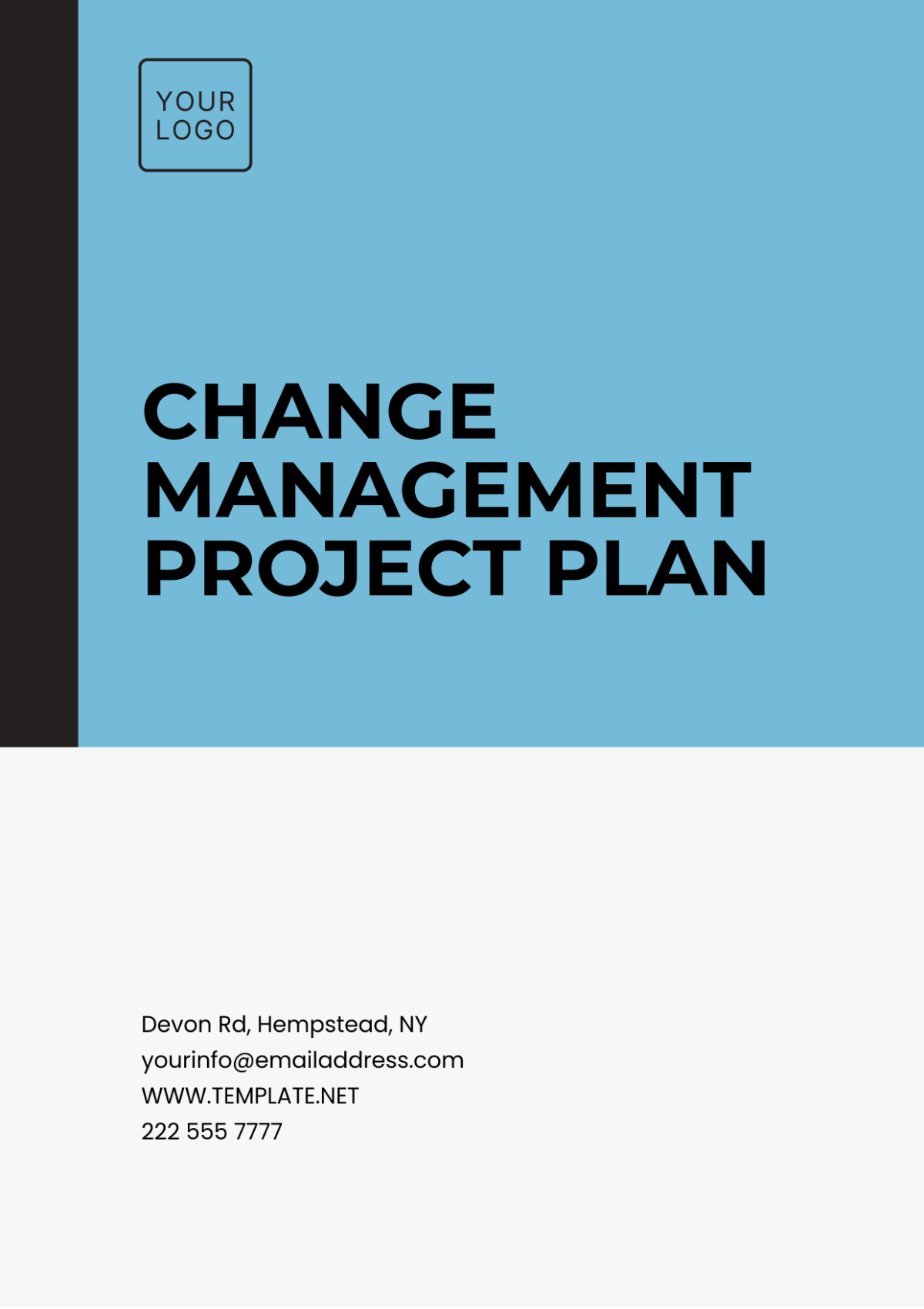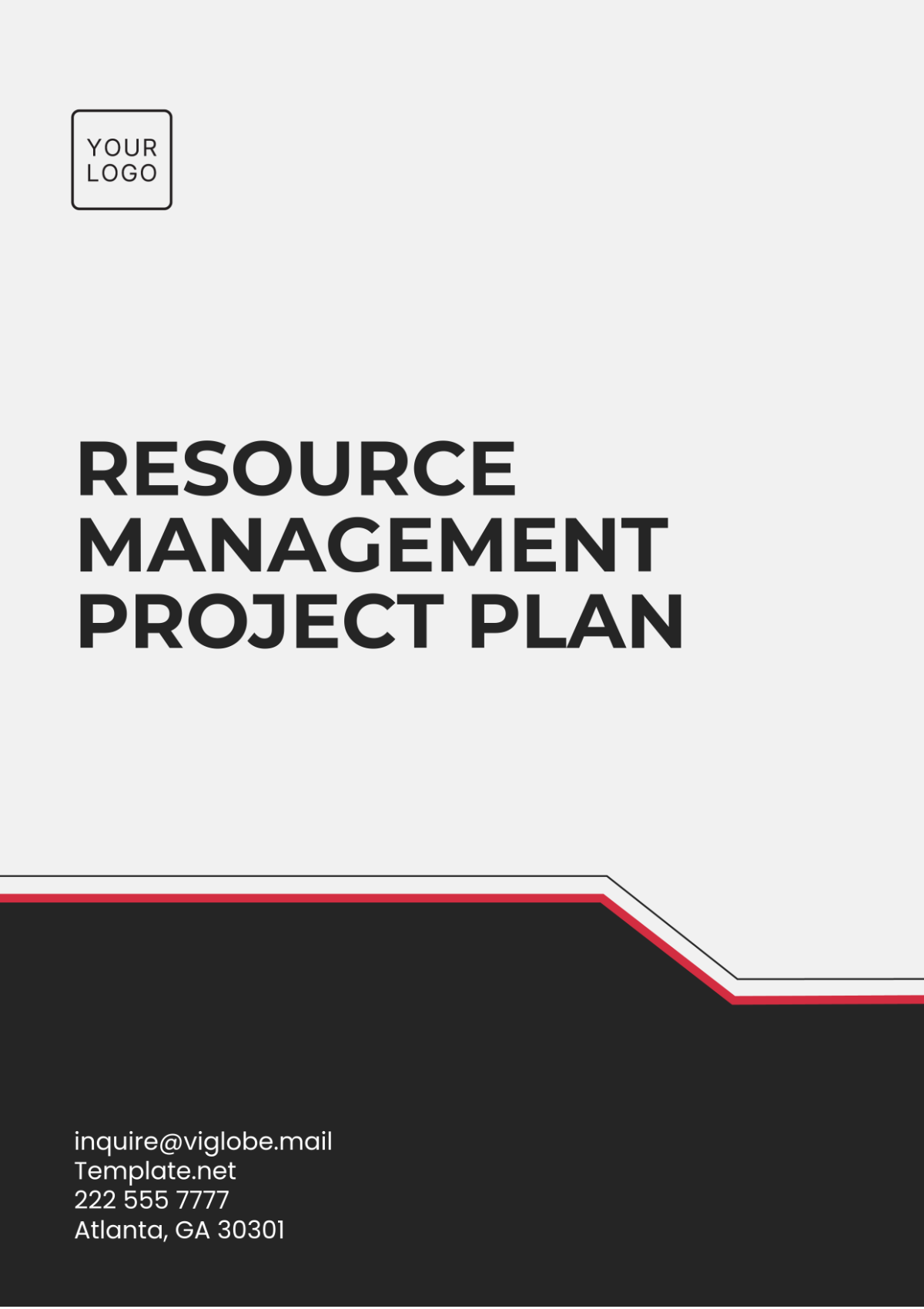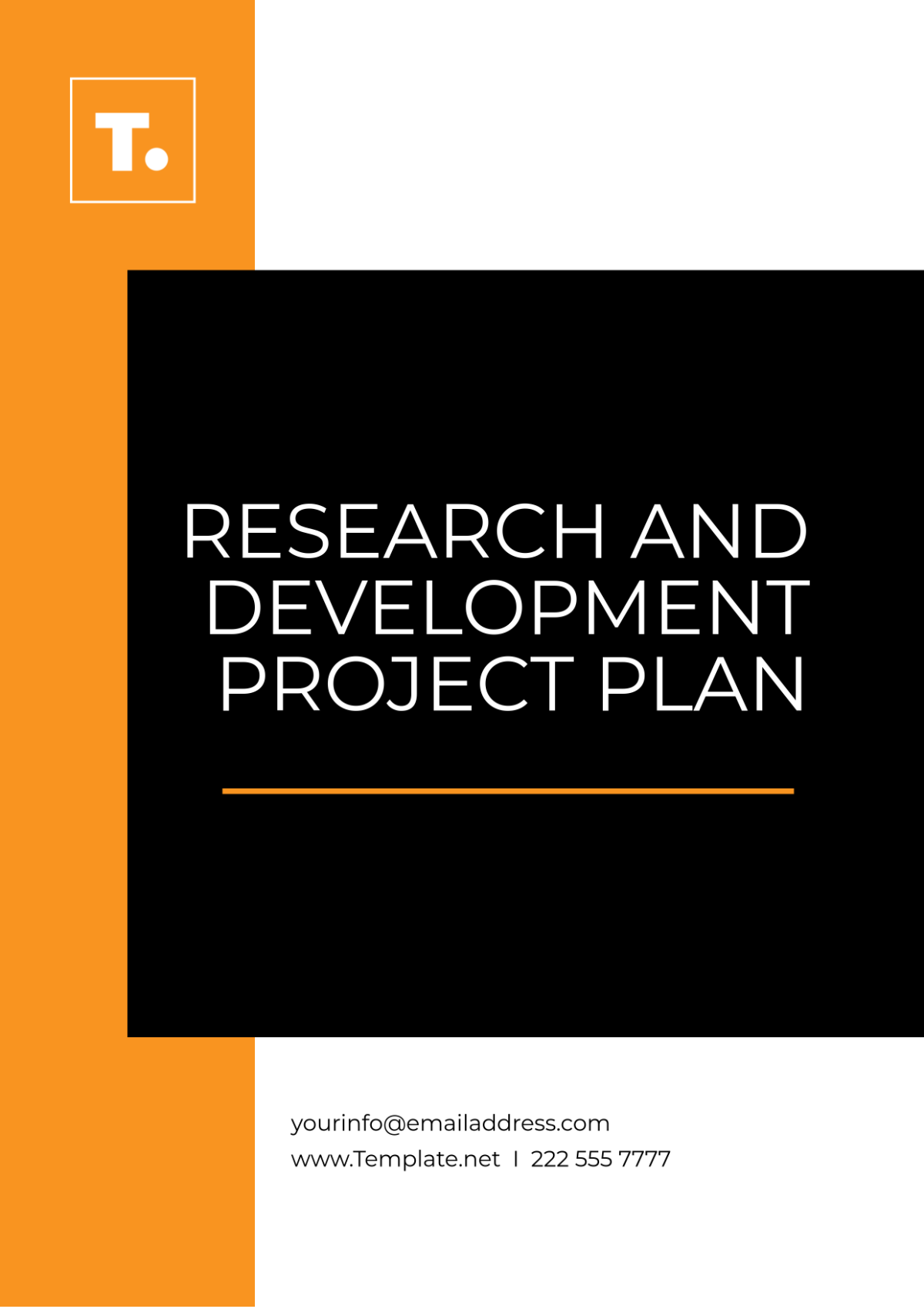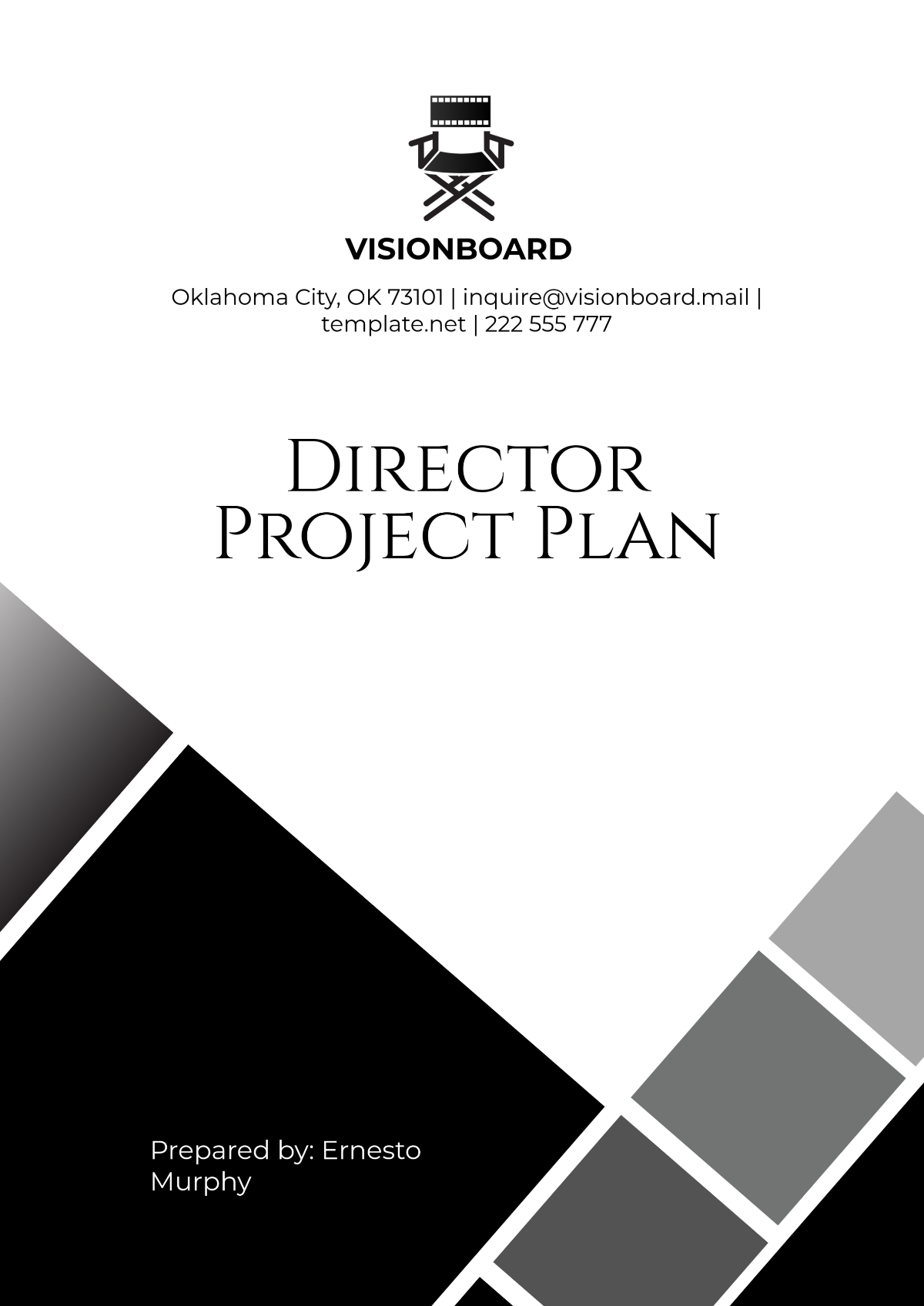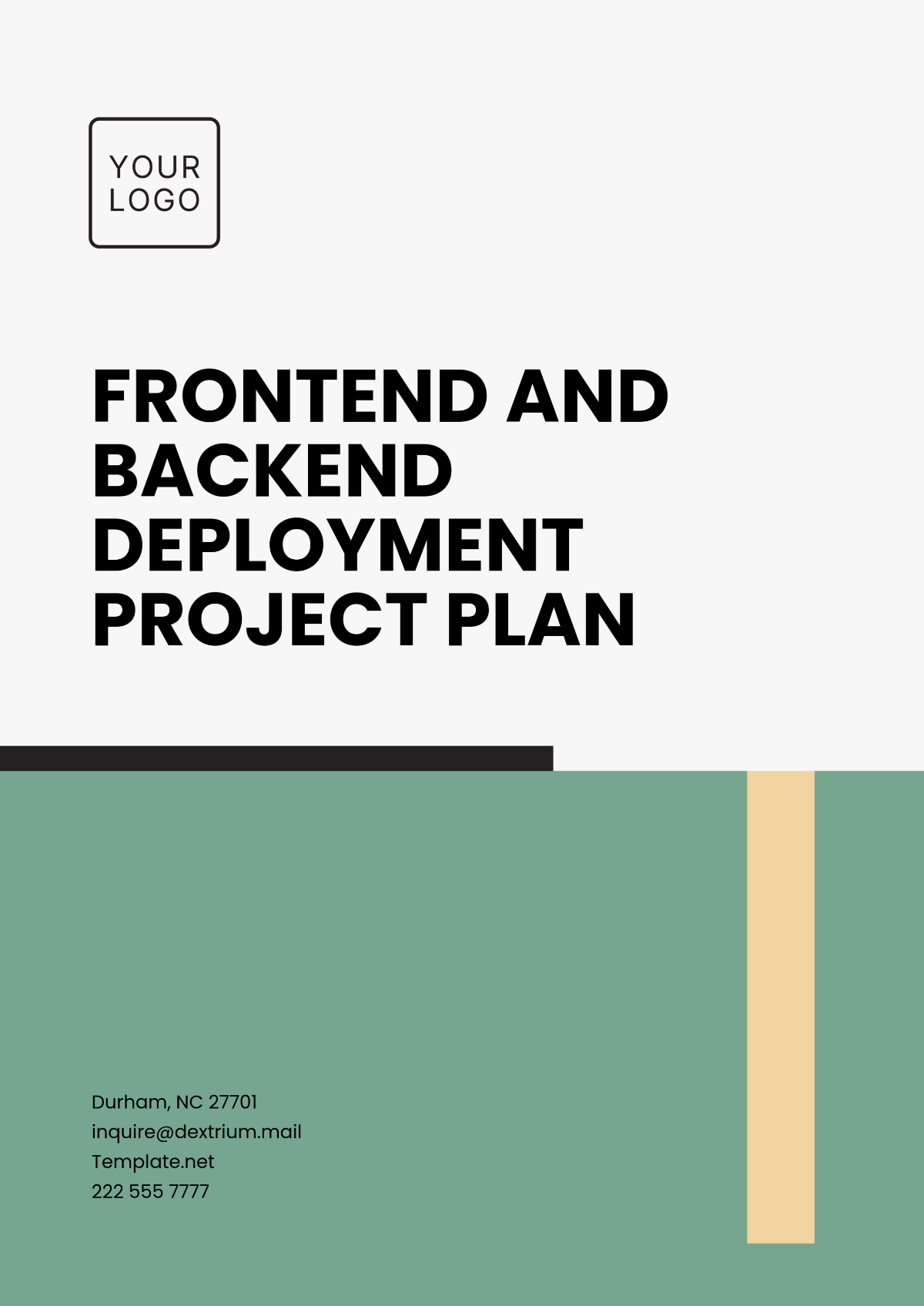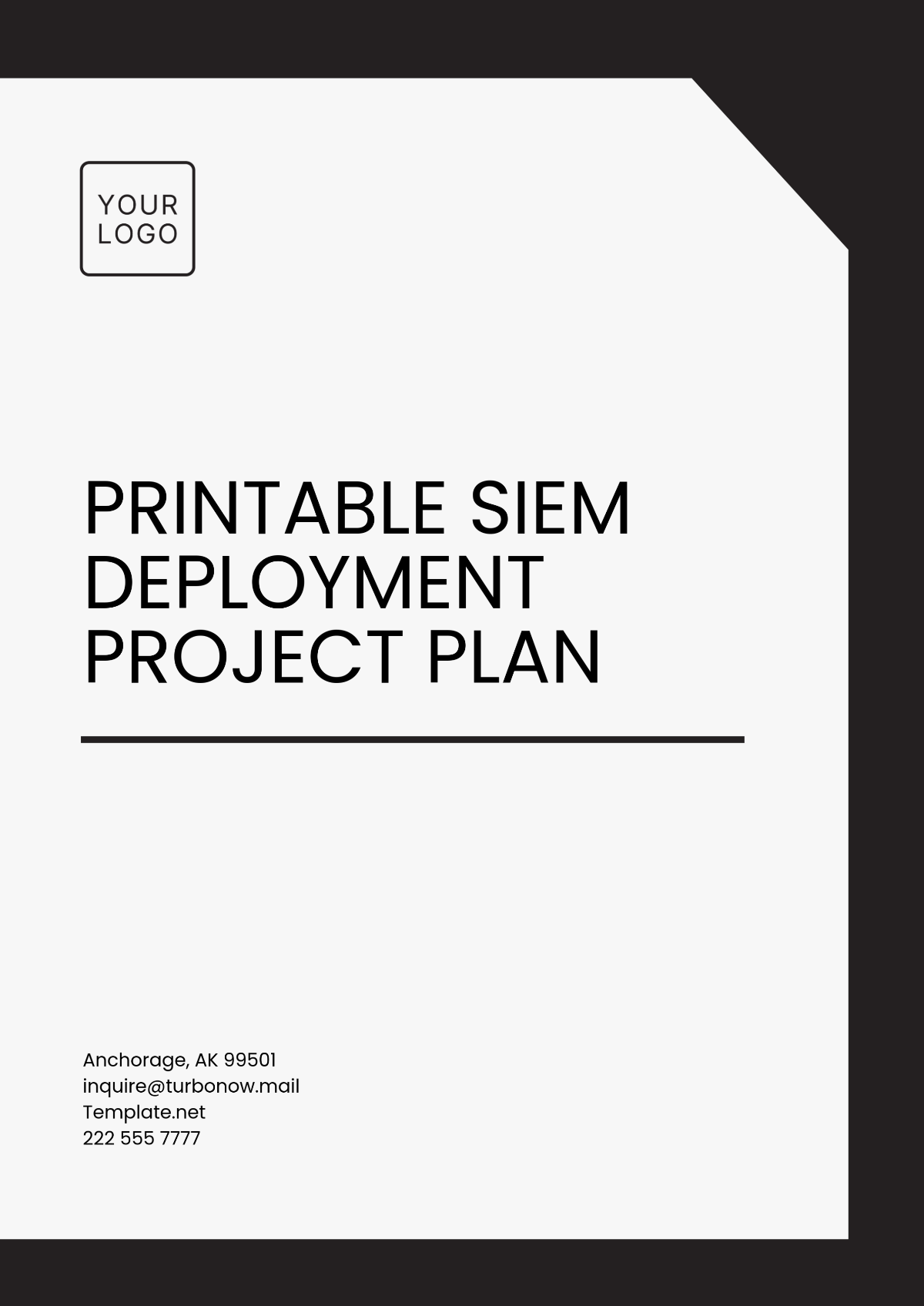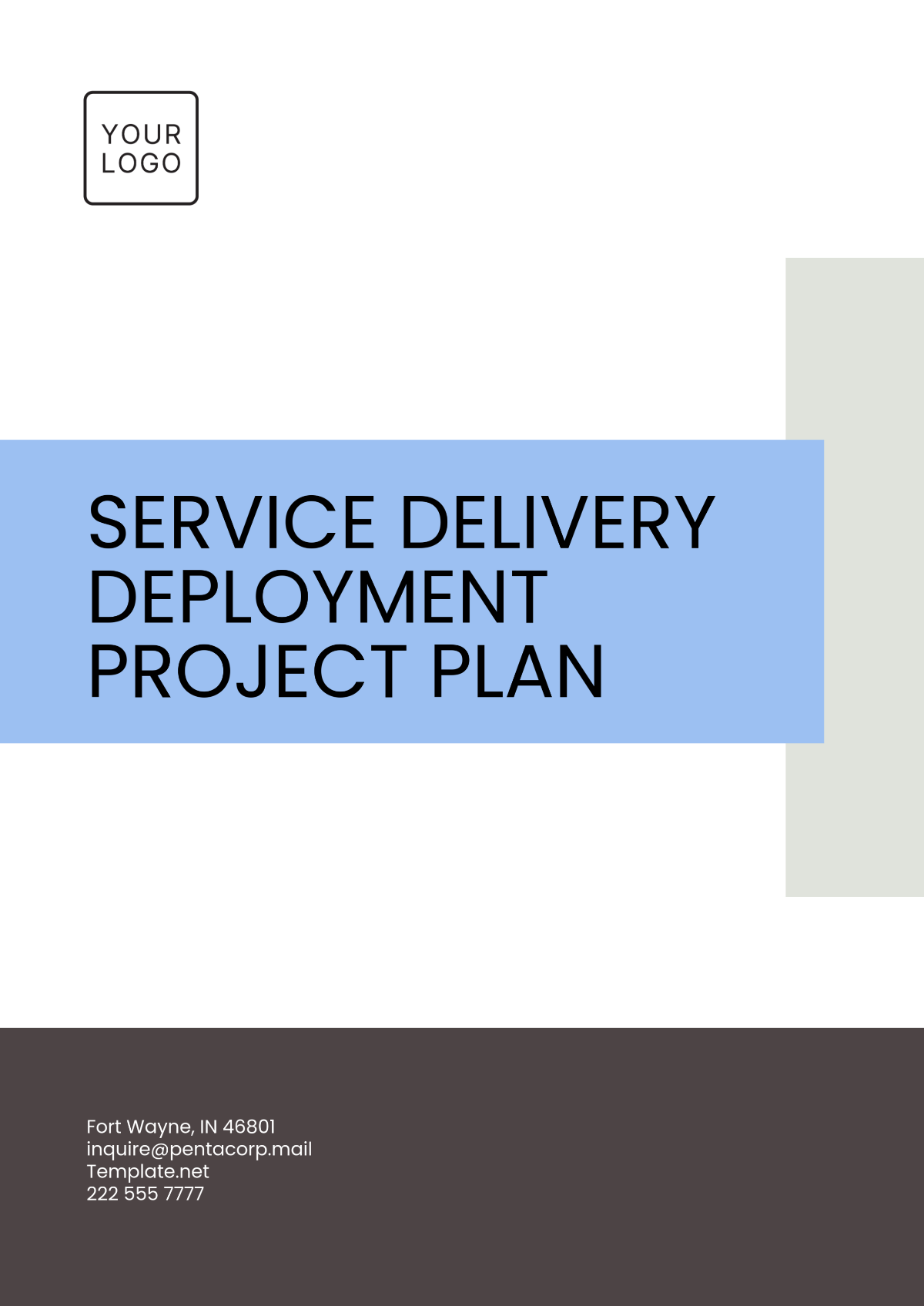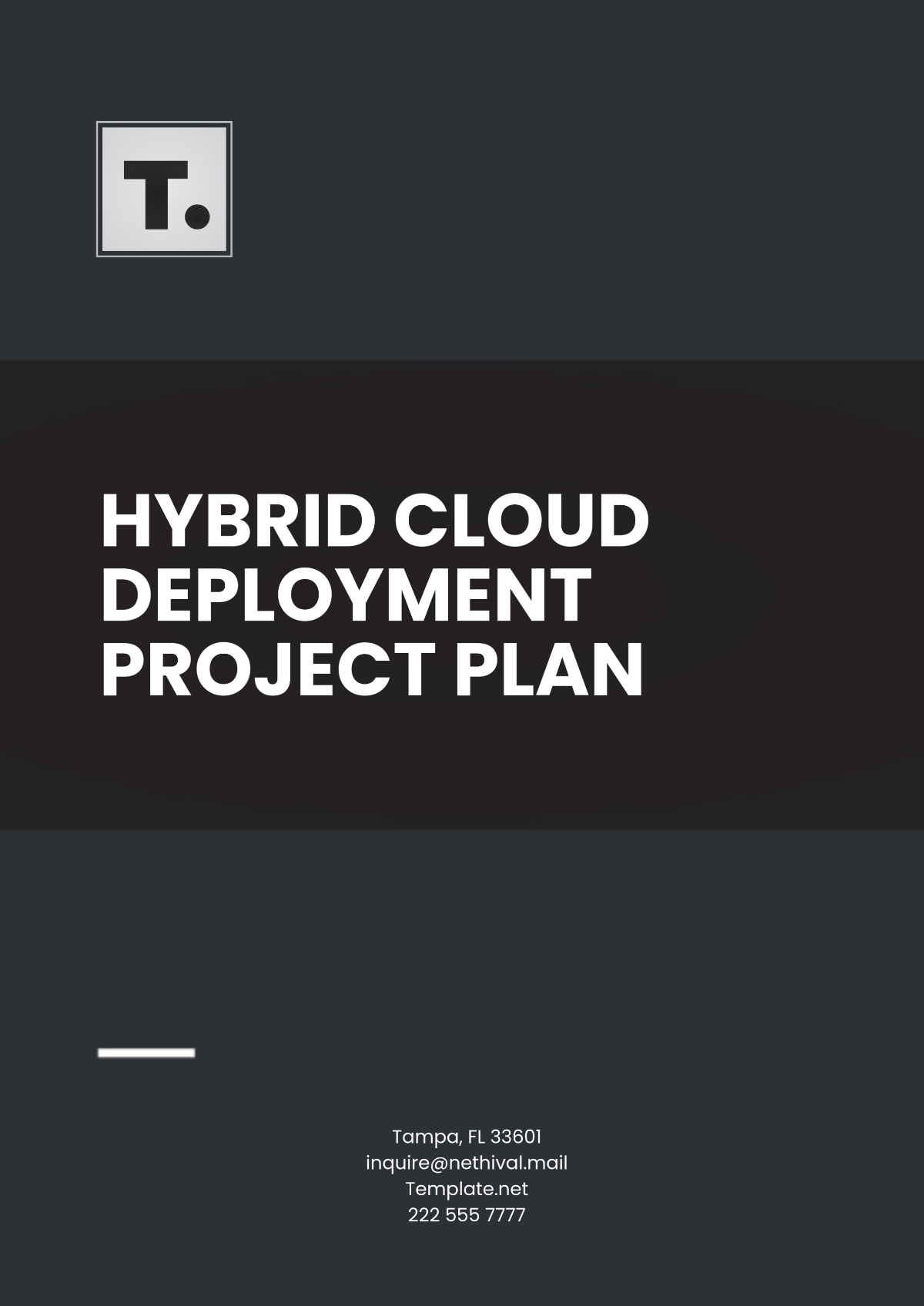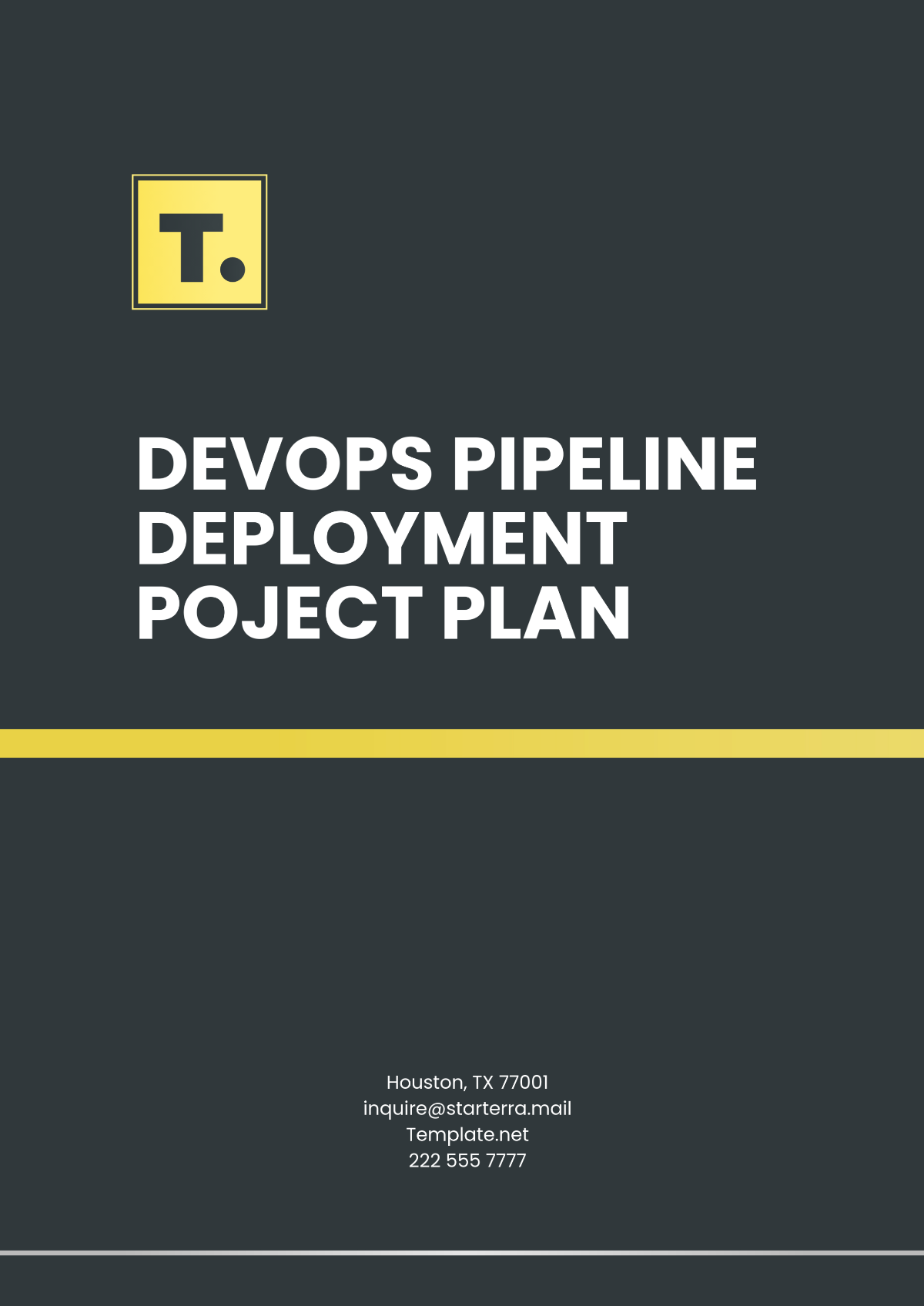Data Center Project Plan
Prepared by: [YOUR NAME]
A. Project Objectives
The primary objective of the Data Center Project is to design, develop, and implement a state-of-the-art data center infrastructure that meets the growing needs of [Your Company Name] for secure, scalable, and reliable data storage and management. The project aims to enhance data accessibility, improve system performance, and ensure business continuity through the deployment of advanced technology and best practices in data center design and operation. Specific objectives of the project include:
Scalability: Designing a data center infrastructure that can accommodate future growth and expansion of [Your Company Name]'s data storage and processing requirements.
Reliability: Implementing redundant systems and failover mechanisms to minimize downtime and ensure uninterrupted access to critical data and applications.
Security: Enhancing data security measures to protect sensitive information from unauthorized access, data breaches, and cyber threats.
B. Project Scope
The scope of the Data Center Project encompasses the following key activities and deliverables:
Needs Assessment: Conducting a comprehensive assessment of [Your Company Name]'s current data center infrastructure, including hardware, software, networking, and security systems, to identify gaps, deficiencies, and areas for improvement.
Design and Planning: Collaborating with data center architects, engineers, and stakeholders to develop a detailed design and implementation plan for the new data center infrastructure, taking into account scalability, reliability, security, efficiency, and compliance requirements.
Infrastructure Deployment: Procuring and installing hardware, software, networking equipment, and security systems necessary to build the data center infrastructure according to the approved design and specifications.
Testing and Optimization: Conducting thorough testing, performance tuning, and optimization of the data center infrastructure to ensure it meets performance, reliability, and security objectives.
Training and Documentation: Providing training to [Your Company Name]'s IT staff on the operation, maintenance, and troubleshooting of the new data center infrastructure. Developing comprehensive documentation, including operating procedures, system configurations, and troubleshooting guides.
C. Project Timeline
Initiation Phase: [Start Date] - [End Date]
Project kickoff meeting with stakeholders and project team.
Conducting needs assessment and requirements gathering.
Planning Phase: [Start Date] - [End Date]
Developing the data center design and implementation plan.
Procuring hardware, software, and other infrastructure components.
Implementation Phase: [Start Date] - [End Date]
Deploying and configuring the data center infrastructure.
Conducting testing and performance optimization.
Training and Documentation Phase: [Start Date] - [End Date]
Providing training to IT staff on the operation and maintenance of the new data center.
Developing documentation for system operation, maintenance, and troubleshooting.
Transition and Handover Phase: [Start Date] - [End Date]
Planning and executing the transition from the old data center to the new infrastructure.
D. Resource Management
Efficient resource management is essential for the successful completion of the data center project. The following resources will be allocated and managed:
Human Resources: A project team will be assigned specific roles and responsibilities. Regular meetings and communication channels will be established to ensure collaboration and progress tracking.
Equipment and Materials: Procurement of necessary equipment and materials will be managed to ensure timely delivery and adherence to project timelines. A procurement schedule will be developed to track orders and inventory.
Budget: A detailed budget will be established, including costs for equipment, labor, and any additional expenses. Regular monitoring and reporting will be conducted to ensure expenses are within budgetary limits.
E. Quality Management
Maintaining high-quality standards is imperative to meet the project objectives and ensure customer satisfaction. The following quality management processes will be implemented:
Quality Planning: A quality management plan will be developed, outlining quality standards, metrics, and procedures. This plan will define acceptance criteria for deliverables and establish processes for quality assurance and control.
Quality Assurance: Regular inspections and reviews will be conducted throughout the project lifecycle to ensure compliance with quality standards. Inspections will be performed by qualified personnel to identify any deviations from requirements and take corrective actions.
Quality Control: Continuous monitoring of project activities will be carried out to detect and address quality issues in real-time. Any non-conformities will be documented, analyzed, and rectified to prevent reoccurrence. Client feedback will also be solicited to ensure their satisfaction with project deliverables.
F. Communication Plan
Effective communication is vital for ensuring stakeholders are informed and engaged throughout the project. The communication plan will include:
Stakeholder Identification: A stakeholder register will be created, identifying all individuals and groups impacted by the project. Their communication needs and preferences will be assessed to tailor communication strategies accordingly.
Communication Channels: Various communication channels will be utilized, including regular project meetings, email updates, status reports, and a project management platform for collaboration and document sharing.
Frequency and Format: Communication frequency will be determined based on stakeholder requirements and project milestones. Information will be presented in a clear and concise format to facilitate understanding and decision-making.
Feedback Mechanisms: Mechanisms for gathering feedback will be established to ensure stakeholders have opportunities to express concerns, provide input, and address any issues or conflicts promptly. Feedback will be documented and addressed in a timely manner to maintain stakeholder satisfaction.



